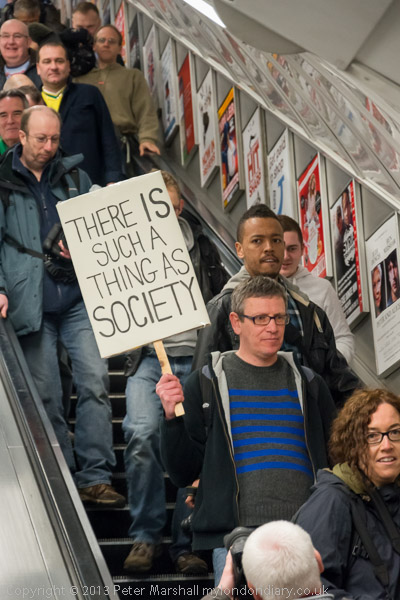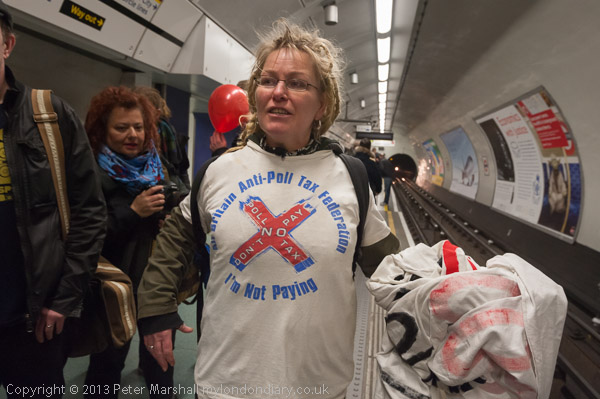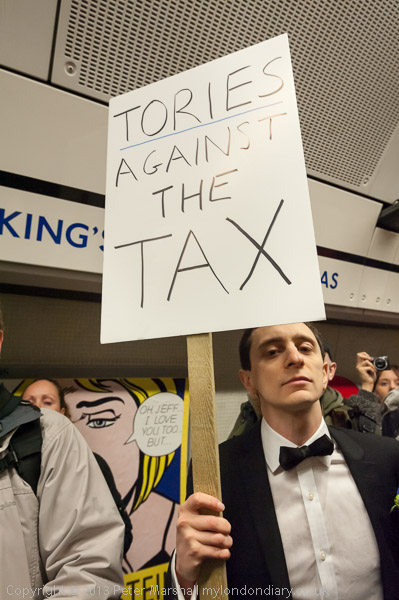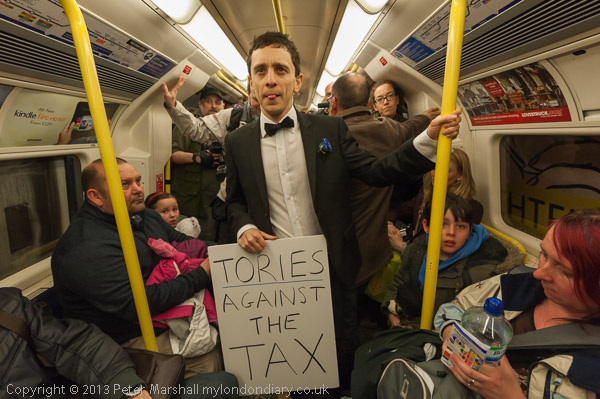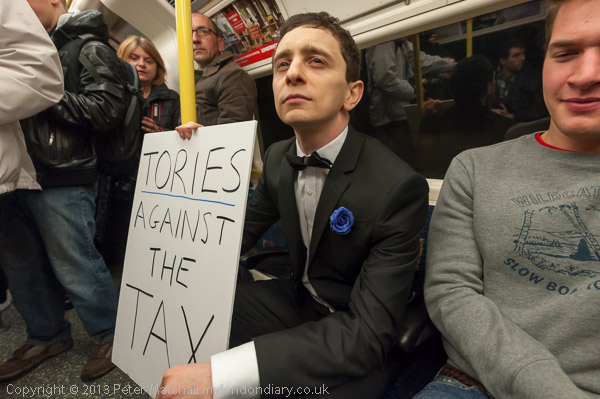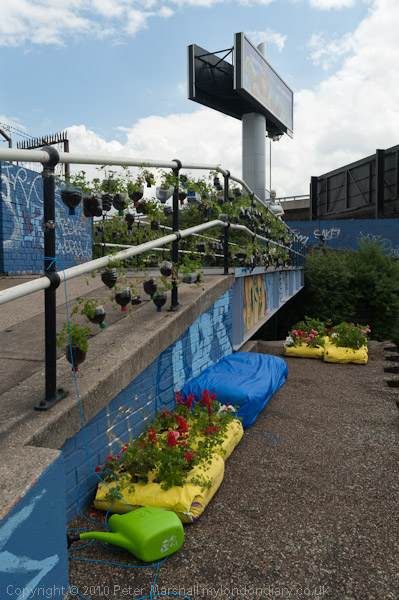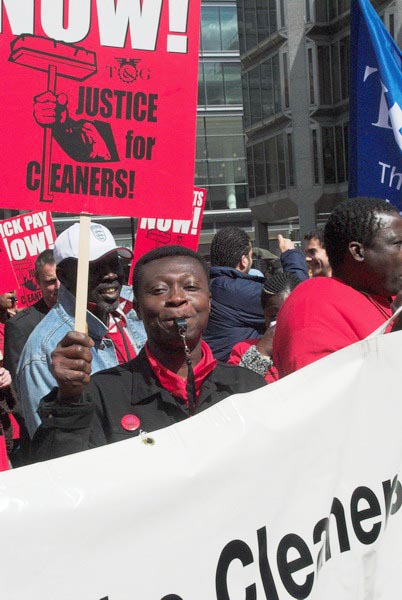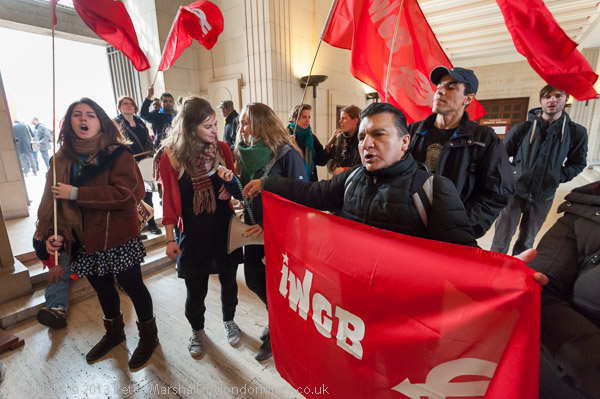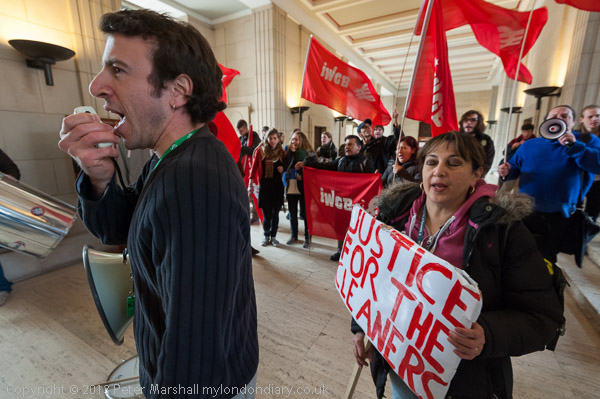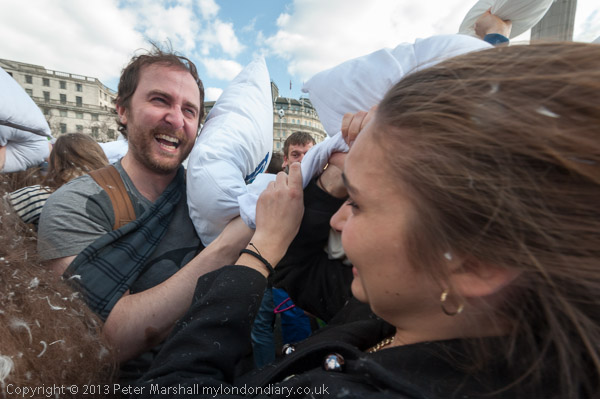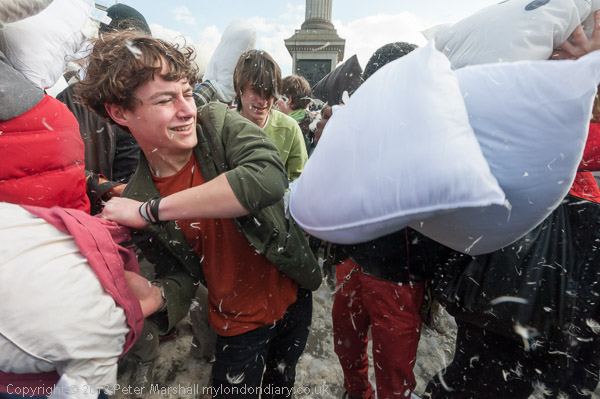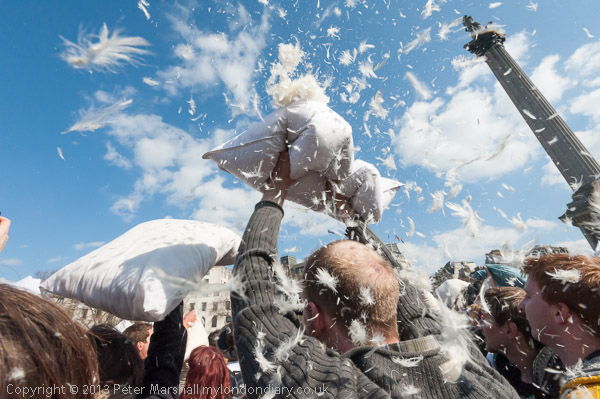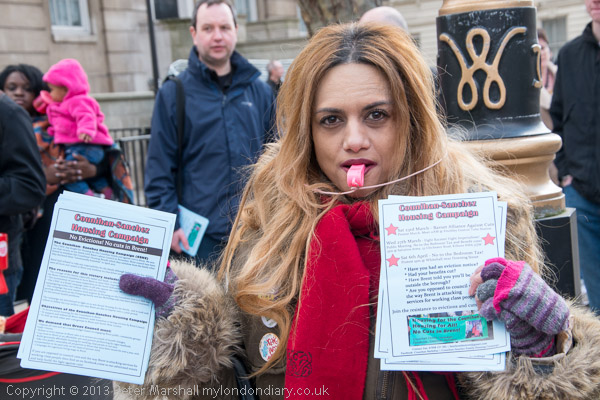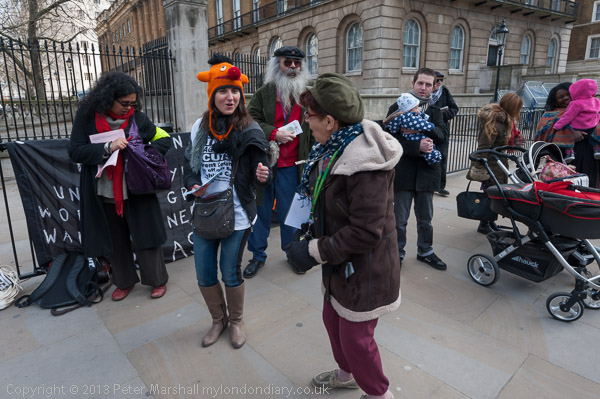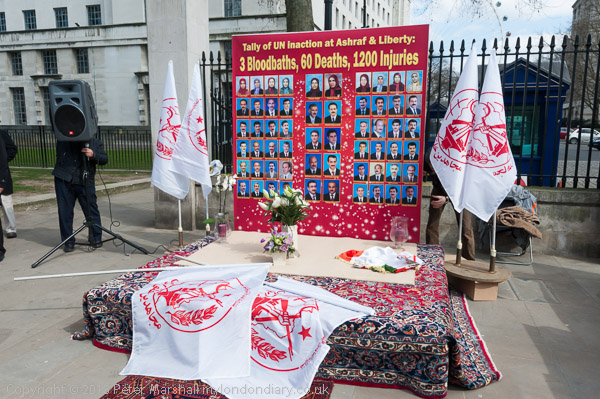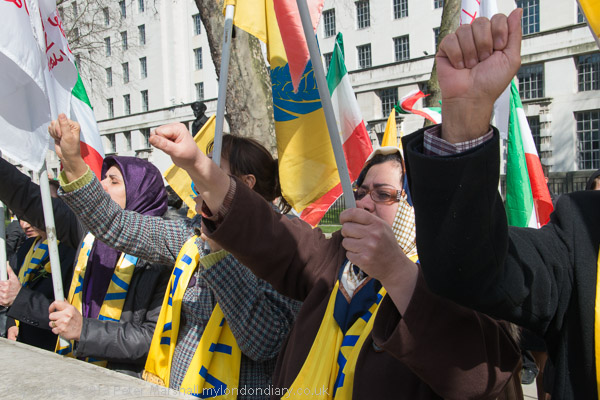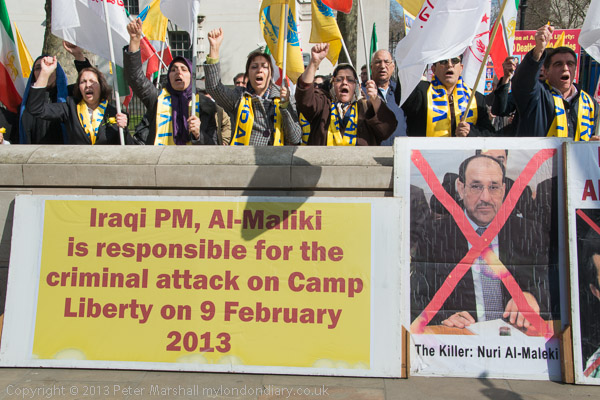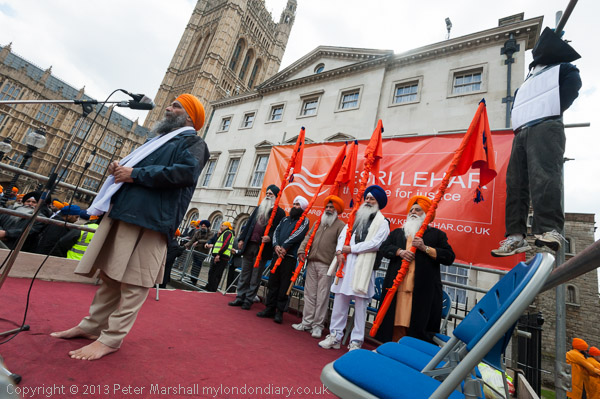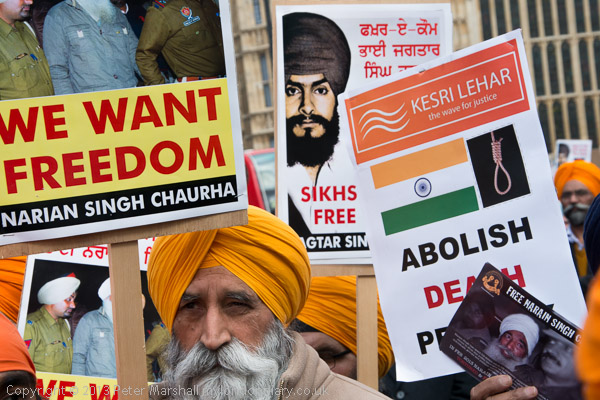
One of the great things about photography is that you meet people and learn things, and at the protest by CasteWatchUK and the Dalit Solidarity Network I learnt a little about Dr B R Ambedkar (1891-1956) which led me when I got home to find out more about him on the web – and you can read a little of what I found in Outlaw Caste Discrimination on My London Diary, with quite a few pictures from the event.
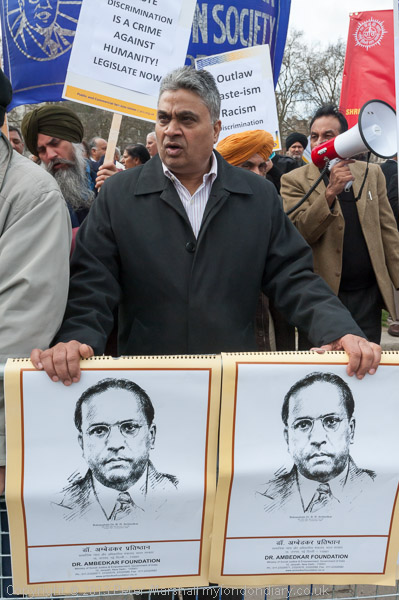
Through several friends over the years I’ve known something of the problems faced by Dalits in India, and it was good to be able to cover the protest about caste discrimination here in the UK, something I know has been strongly felt by some communities here, particularly the Ravidass, whose March against Caste Discrimination I photographed in 2009.
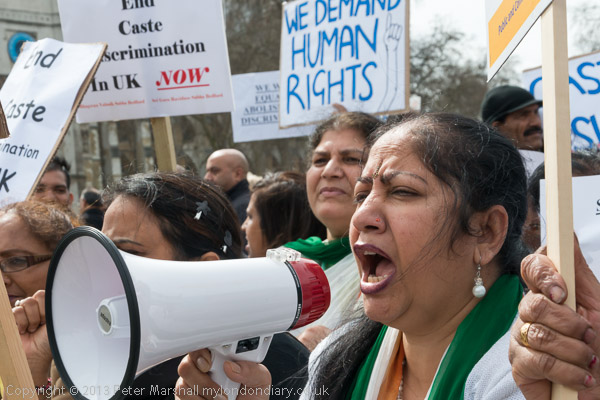
The government policy – perhaps based on advice from groups dominated by those in higher castes – to reject legislation and simply have an education programme called ‘Talk For A Change’ was overturned for the second time by the House of Lords, who on the day of the protest again voted for caste to be treated legally as an aspect of race. Around ten days later the government finally accepted defeat and tabled an amendment accepting this – good news for the 400,000 or so (though estimates differ widely) Dalits or ‘untouchables’ living in the UK who will soon be protected.
After photographing this protest, I walked up Whitehall to a group of Sikhs protesting opposite Downing St in a vigil calling for justice in India and an end to the death penalty and in particular to get the UK Prime Minister to argue the human rights case with Indian Prime Minister Manmohan Singh and to put pressure on him both to stop capital punishment completely in India and to prevent the hanging of Professor Bhullar, on death row in India for 18 years, whose execution is thought likely to be imminent.
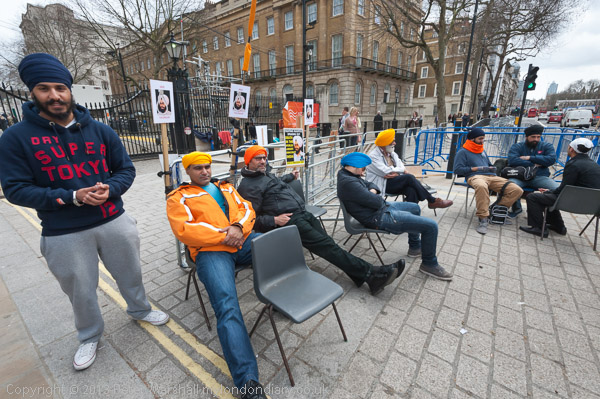
Talking to the people there they told me that the police had expressed concerns about their presence there for the funeral of former PM Thatcher whose hearse was to pass along Whitehall the following morning. Later I was please to find that the police had not attempted to clear the protest, which was still continuing when I went past ten days later.
While it was easy to photograph the large and active protest by Dalits in Parliament Square it was harder to find a strong image with the Sikh vigil, and I wasn’t very happy with my images – in Don’t Hang Prof Bhullar. Without setting something up there seemed nothing much I could do, and setting something up would I think compromise the whole basis of my work. This is a vigil where nothing much happens most of the time, and my record of it shows nothing much happening. Though it doesn’t make good ‘news’.
Continue reading Indian Protests in Westminster
